OPEN ASSEMBLY
Experiments in Aesthetics and Politics

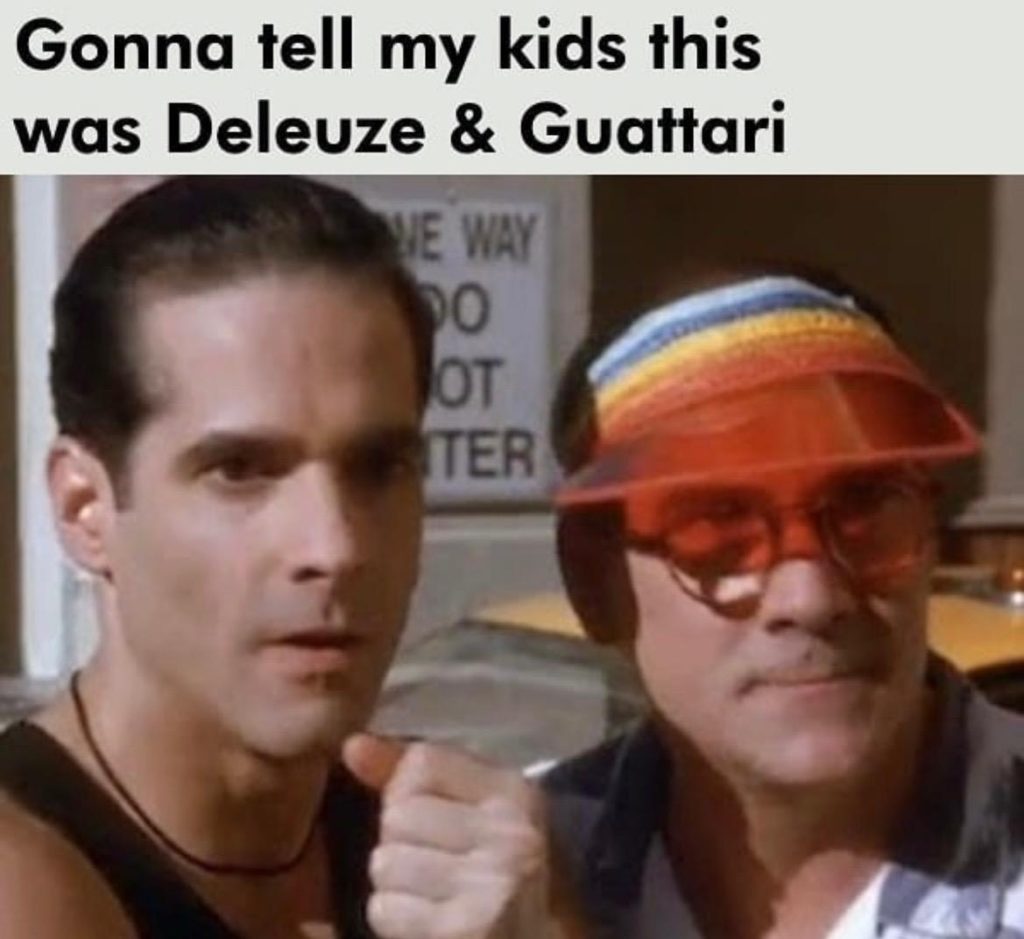

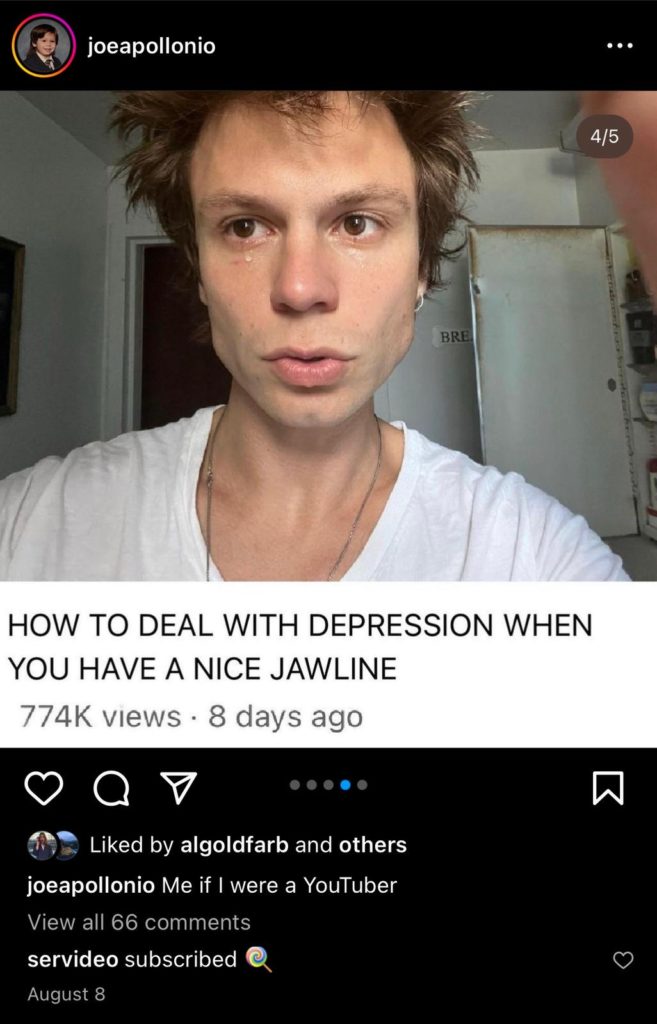



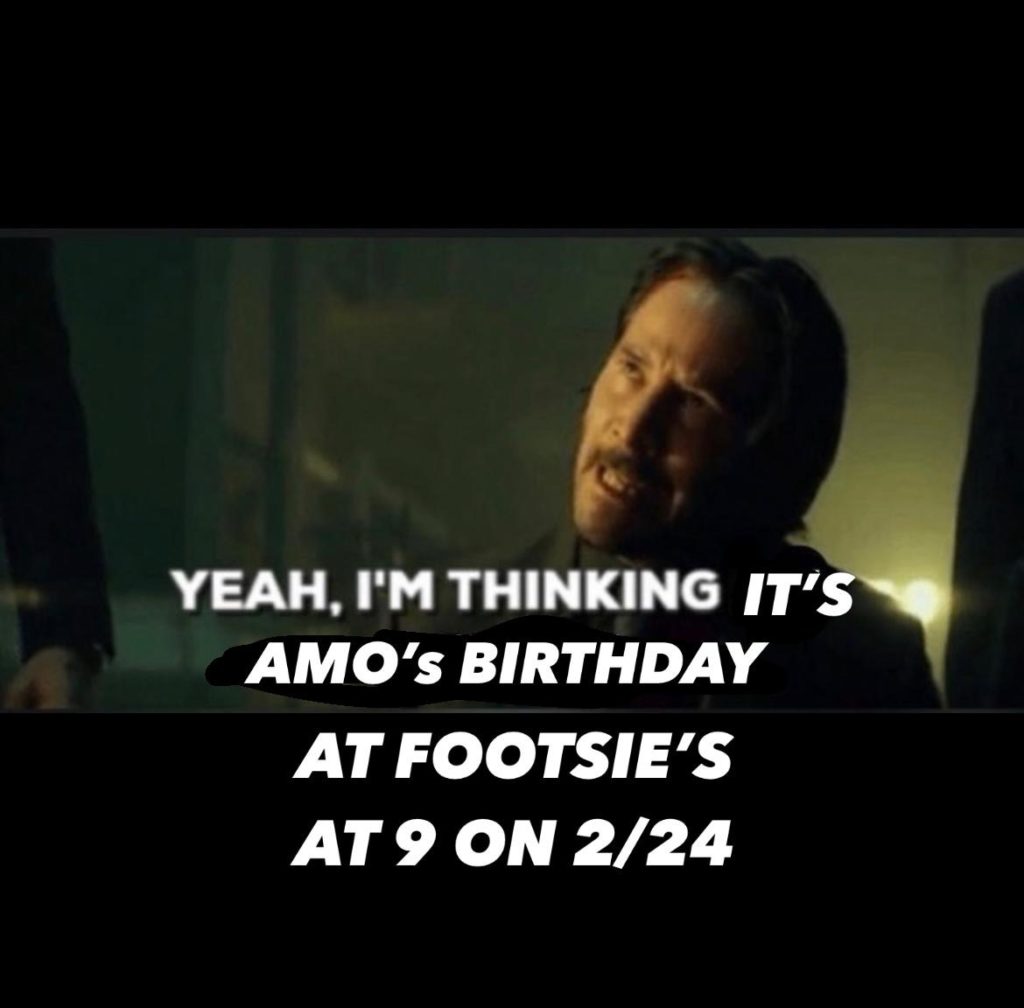
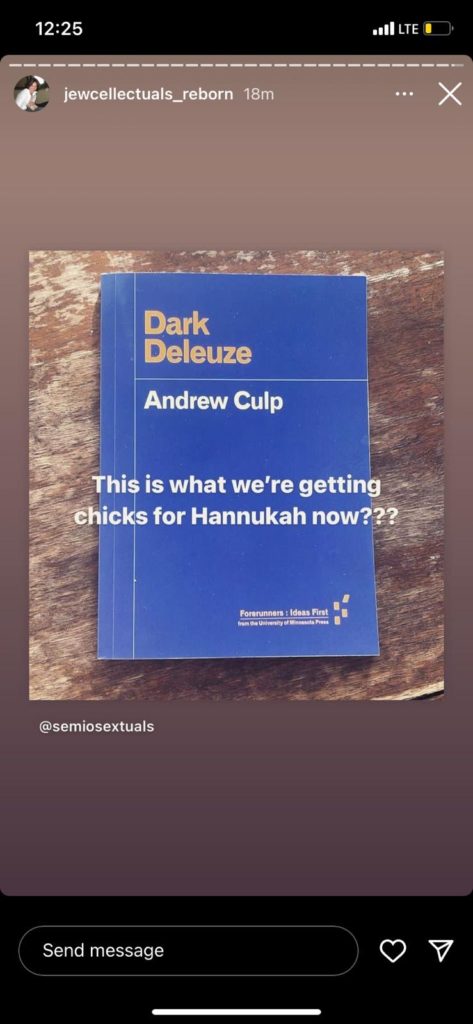
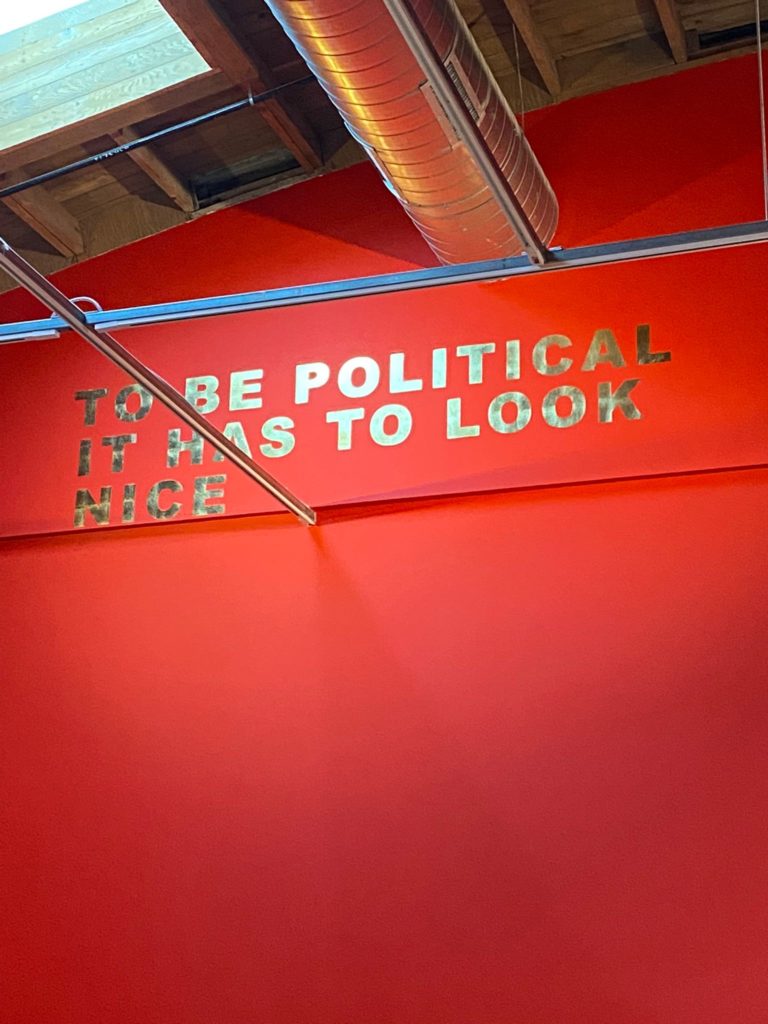
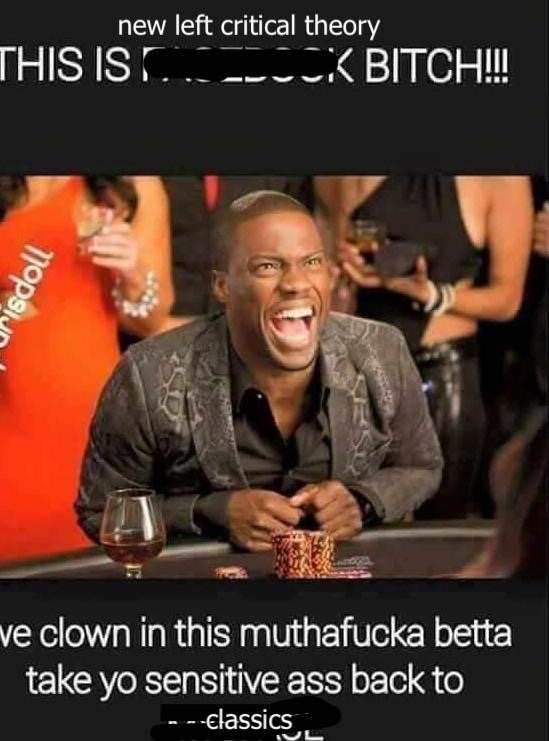
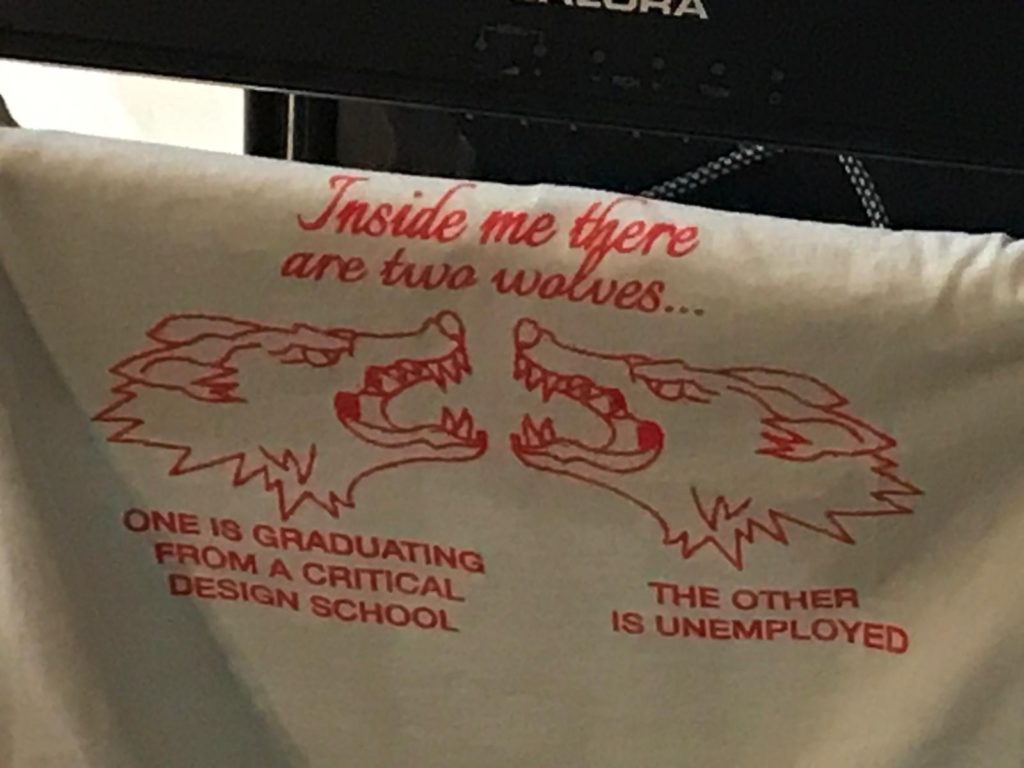
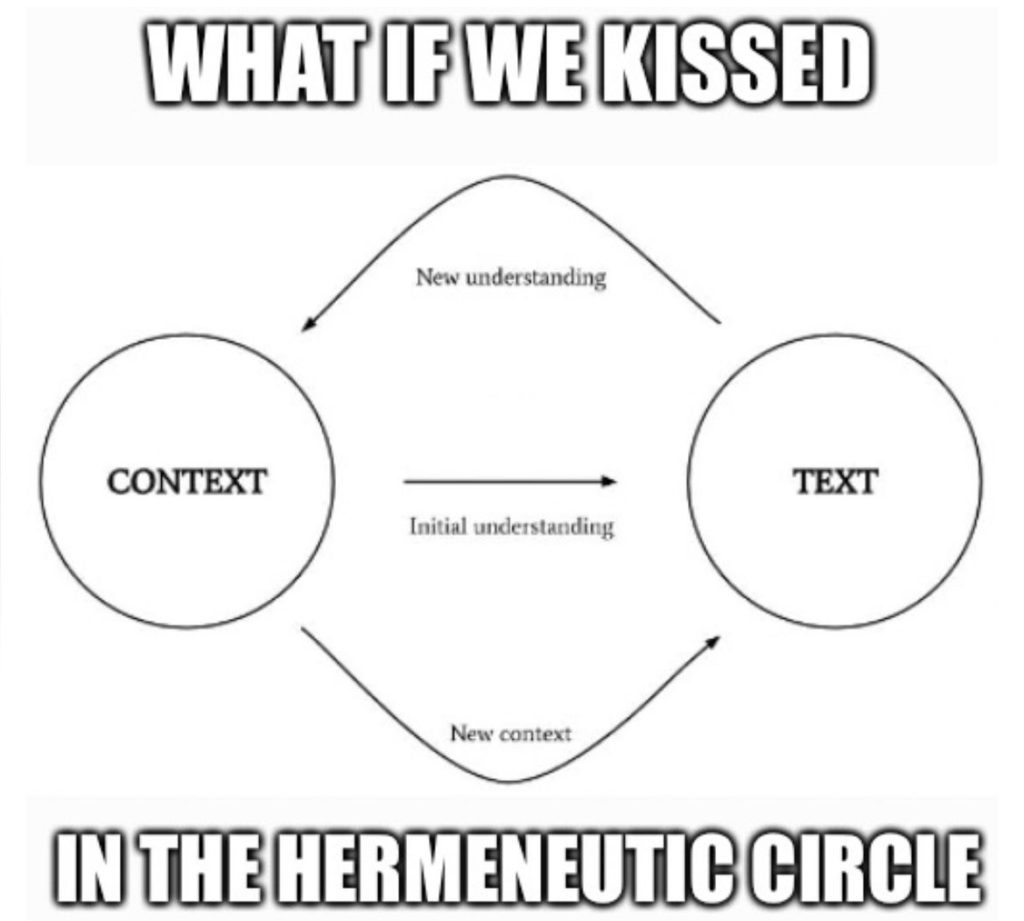

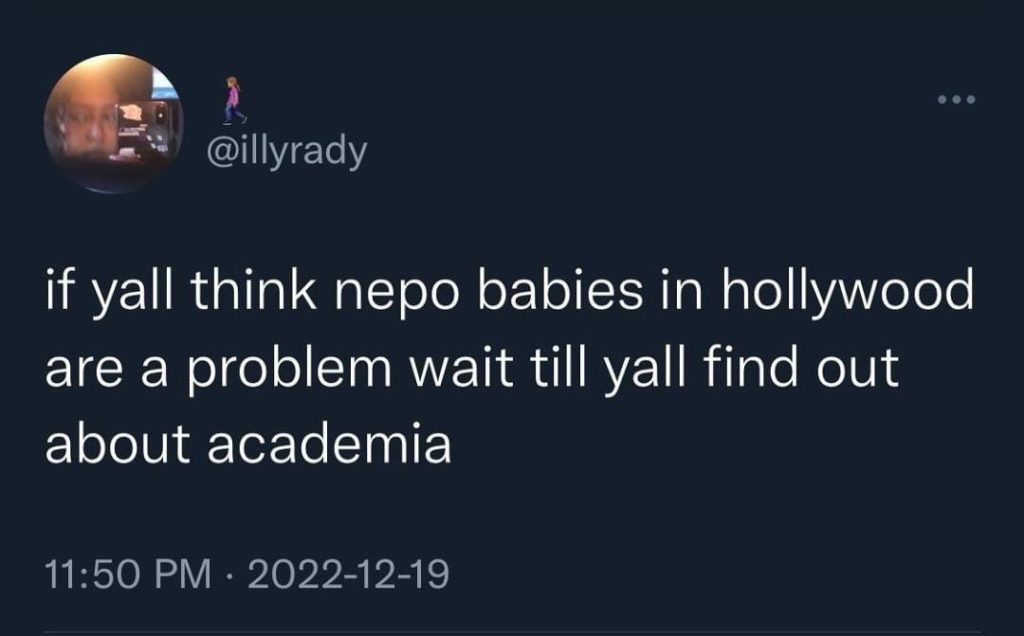
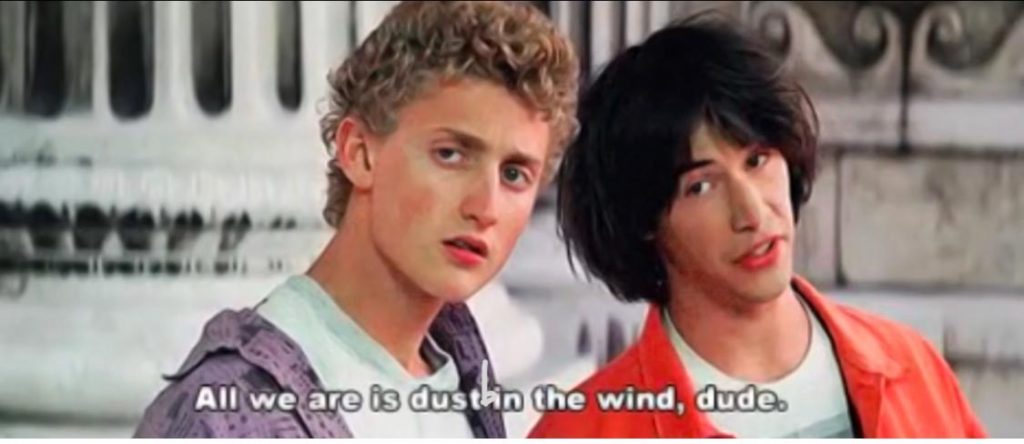


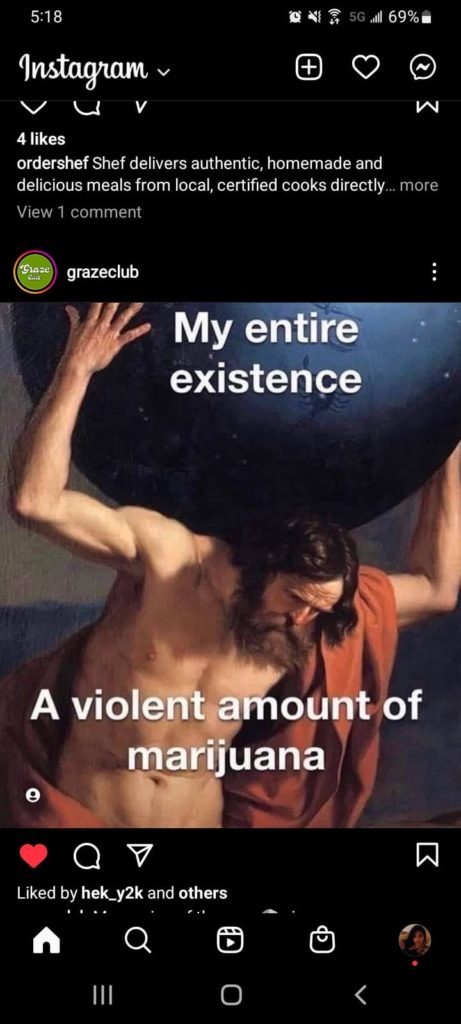
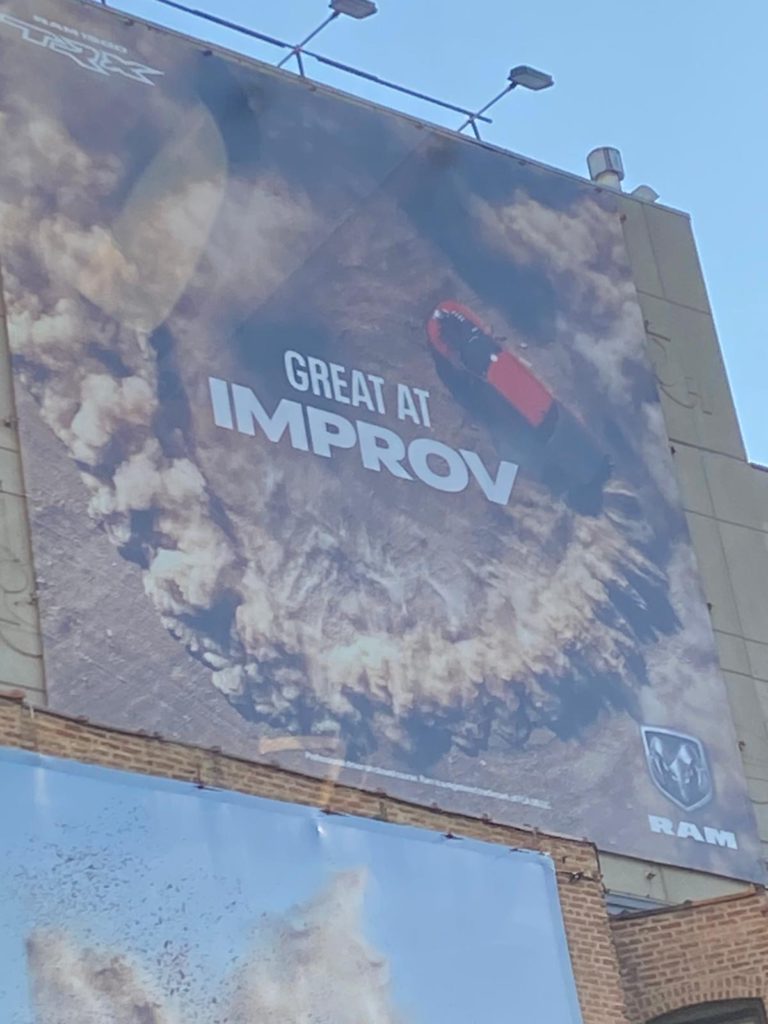
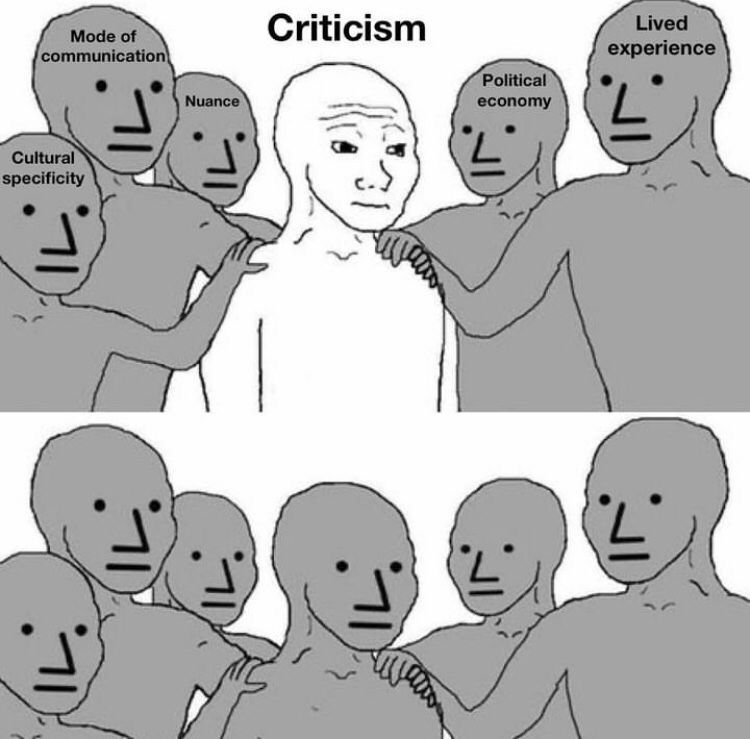
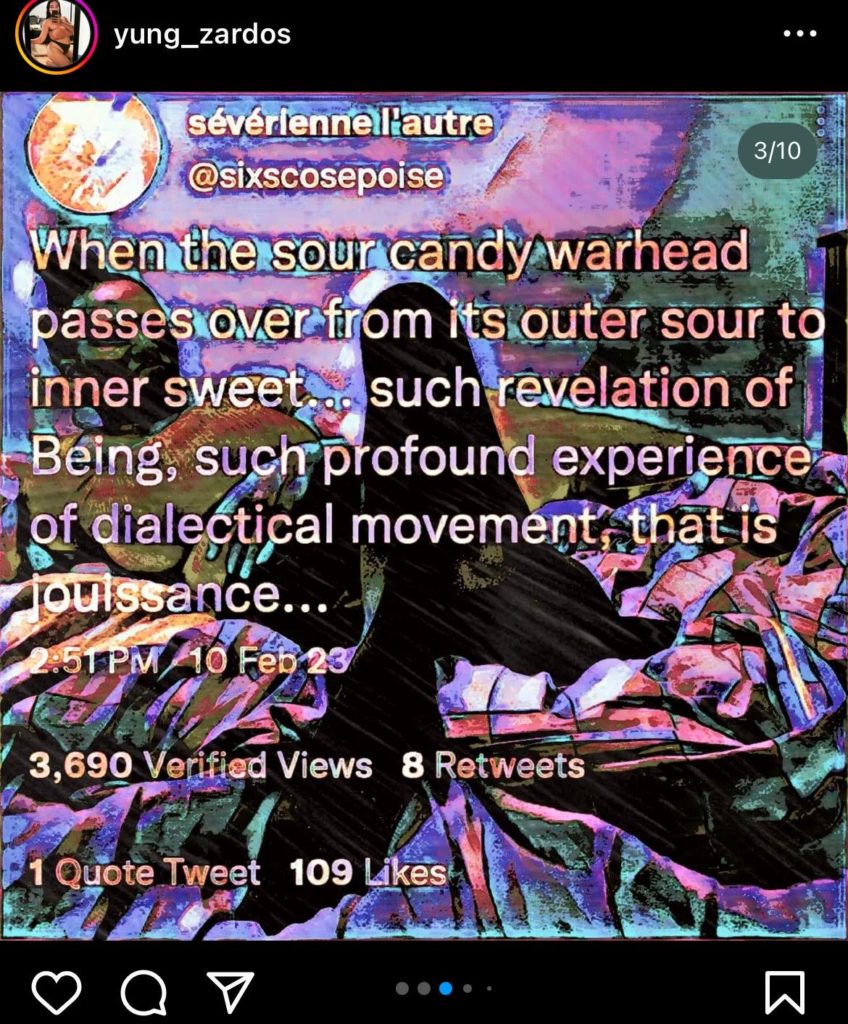
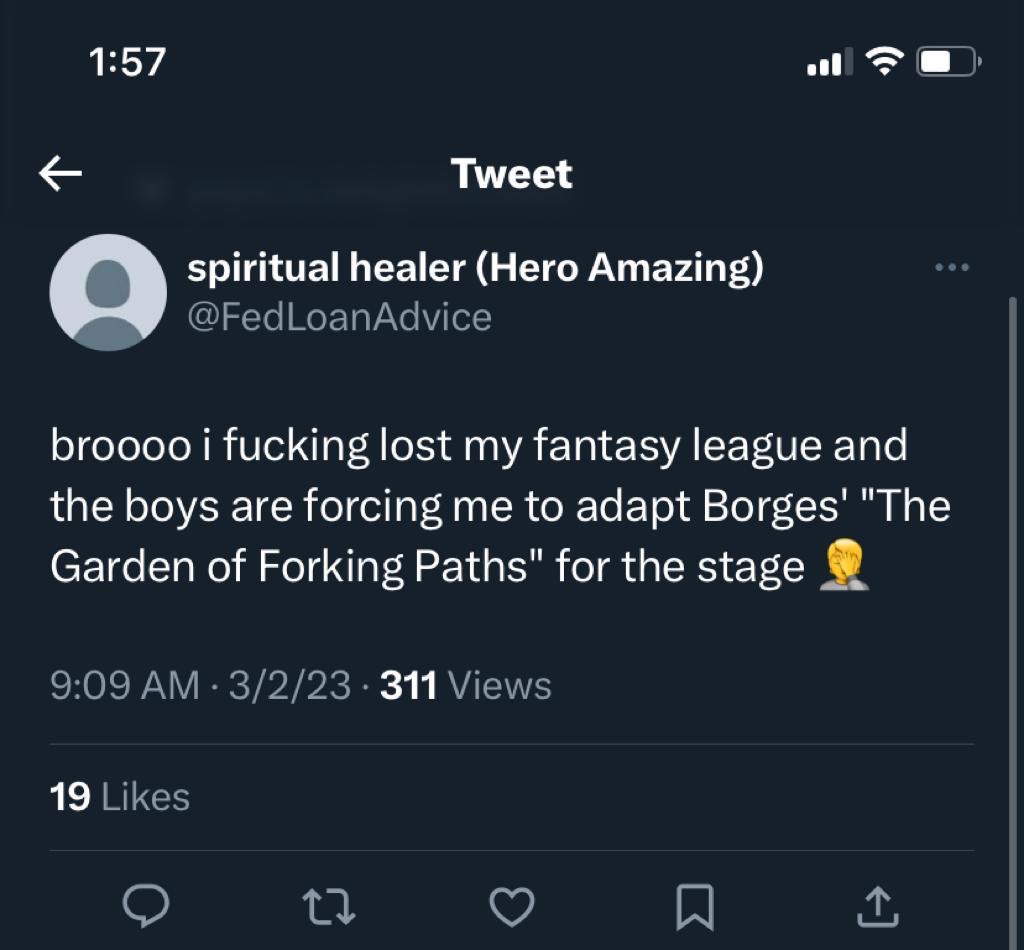

[ pending ]
[ pending ]
[ pending ]
[ pending ]
[ pending ]
[ pending ]
[ pending ]
[ pending ]
[ pending ]
[ pending ]
[ pending ]
In this blog post I will be discussing the work of Dominic Pettman, Professor of Culture & Media, at the New School for Social Research and Eugene Lang College, who also is the closing speaker of the fall 2019 West Hollywood aesthetics and politics lecture series. In response to Pettman’s presentation on “Peak Libido: Sex, Ecology and the Collapse of Desire,” I will be glazing over at a recent publication of his to ground his ongoing conceptual engagements with the libidinal economy, animals studies and ecocriticism within the extensiveness of a larger academic interest, while also raising some questions of my own, with regards to race and the anthropocene.
In Sonic Intimacy: Voices, Species and Technics, Pettman calls for a re-ordering of the senses, one that not only moves away from the primacy of the visual — a long established tradition of (Western) modernity — but also, seeks to reconsider the way in which we listen. Read alongside Pettman’s earlier scholarship, which spans across new media, philosophies of technology, affect theory and animal studies, Sonic Intimacy figures as a critique of anthropocentrism. Outlining the philosophical stakes of this undertaking on first page of the book, Pettman states, “[in] suspending habitual assumptions, we can better appreciate the ways in which the sonic environment not only interpellates us, through ideology, but constitutes us, as ontological beings”.[1] Pettman’s proposition is however, not new. The insistence upon the aesthetic as not only constitutive of our subjectivities, but a mode of being, in and of itself, has been well considered in the field black studies. Here, I refer to aesthetics in its etymological root, aisthitikos, meaning “perceptive by feeling”.[2] As an extension, Susan Buck-Morss regards aesthetics as “a form of cognition, achieved through taste, touch, smell, hearing seeing — the whole corporeal sensorium”.[3] She describes sense-perception as a mode of encountering of the world that is “prior not only to logic but meaning as well”.[4] Critically, aesthetics concerns not only a matter of the body (embodiment and disembodiment) but also the mattering of bodies. Serving as a refrain in the works of Alexander Weheliye, Kara Keeling, Paul Gilroy, Lindon Barrett, Tavia Nyong’o, among others, the sonic, in particular, forms a foundational aspect of what Fred Moten calls “the aesthetics of the black radical tradition”.[5] [6]
Granted that the task undertaken by Pettman has a distinctly different focus than the aforementioned thinkers of black thought — Pettman’s interest being the ecology, while black studies concerns itself with the question of race, or more specifically “the problem of the colour line” — the two, however, are not conceptually isolated from one another insofar as they both pertain to the order of things, in a Foucauldian sense of the phrase, how knowledge produces a system of value.[7] As such, theorizing about the environment, which is to say the surrounding, nature, geography and therefore (our) relation to land, or more broadly earth has an axiological consequence for thinking about race, being raced, and vice versa. Demonstrating this in (the) “IMPOSSIBILITY OF THAT,” Eva Hayward and Che Gossett compare the “primal scene of conquest, national-building, and state power,” to that of the zoo, what is effectively the environment subsumed into domain of the human — the zoo as man-made environment.[8] Taken from Jorge Luis Borges’s The Book of Imaginary Beings — to be precise, its appearance in the opening passages of Michel Foucault’s The Order of Things — the “terrible grounds” of the zoo, as Hayward and Gossett assert, “serve as instruction [of colonial power] for ‘the child’”, although differently for the white child as compared to the black child.[9] For white child, whose enthoclass dominance is maintained, the zoo holds “a promise,” whereas for the black child, it is a “threat” (we might consider the historical example of human zoos, and other colonial exploits where oppressed peoples were placed in dehumanizing forms of public display).[10] Thus, Hayward and Gossett show that the horizon upon which the zoo is imagined (and built into a reality) reproduces a colonial scopic regime.
It warrants asking then, what kind of desiring lines does Pettman open up/foreclose in reimagining the aesthetic as onto-epistemology? What is being drawn into proximity (and consequently relegated into background, reduced to an ‘echo’) in listening for “the collective, polyphonic ‘voice of the world’”?[11] What kinds of assumptions of closeness, sameness or sharedness are being made for these intimate relations to be constituted as such? What forms of mutuality/reciprocity are being presumed as transgressing/transcending the binaries of human and non-human, human and not-quite-human, human and animal?
In “entertaining the possibility of a non-metaphorical ecological voice — the vox mundi,” Pettman neglects to account for the voices of the colonized and enslaved, voices that despite being a voice is denied having one.[12] While demonstrating an awareness of these polyvalent voices, in the wider search for a ‘voice of the world,’ Pettman only evokes of them within a bracketed existence — their historical erasure thus held in suspension.[13] He side-steps the human, in order to arrive at the non-human, sketching out, “a cacophony of creatures and things,” that includes “inanimate natural objects such as glaciers and forests”.[14]
To be certain, the issue I am taking up with Pettman’s argument is not a gap in the literature cited per se, my concern, rather, lies in “the fantasy of an absolute break with humanism”.[15] Scholars addressing the relation between animal studies and postcolonialism/black studies, such as Zakiyyah Iman Jackson and Neel Ahuja, have argued that the attempt to extend human-ness to categories of the non-human does little to displace the binary between animal and human.[16] Citing the work of Sylvia Wynter as a black feminist approach to (not overcoming but) addressing the problem that ‘the human’ presents, Jackson suggests that “we need to reimagine ‘the human’ as an index of a multiplicity of historical and ongoing contestations and to identify the relational operations of such contestations rather than take ‘the human’s’ colonial imposition as synonymous with all appearances of ‘human’.”[17]
In each of the four chapters which follow the introduction, Pettman pursues a type of voice — as opposed to a method of listening — namely, the cybernetic voice, gendered voice, creaturely voice and ecological voice. Working through these four distinctive categories, Pettman addresses the issues of dis/embodiment, identity, the inanimate and non-human, as he locates them within the aural register of a voice. I think Pettman would agree that it takes effort to detach ‘voice’ from a notion of human-ness, for even if a body is not its recognizable source, such as the voice emitted from a machine, it is often assumed that there is a human on the other side (of the telephone, computer, monitor or screen), otherwise, it is perceived that the machine itself somewhat human-like (in the case of artificial intelligences such as Siri and Alexa). After all, Pettman does point out that voice is traditionally distinguished from sound as a combination of “sound + soul,” with soul referring to the interiority of the subject, or the essence of a living being.[18]
Taking up the invitation to listen differently, or in variance, I would like to conduct an exercise of my own in listening for the voices that have been left out of Pettman’s analysis. Riffing off a thought presented by Pettman as belonging to exclusively to a Western philosophical tradition, I would like to attend to soul as a genre of popular black music that combines influences from gospel with rhythm and blues. I ask, what do we hear when listening to the sound of soul? What characterises the soulfulness of the singing voice? What forms of sonic intimacies is made possible by soul? Why is soul, soul?
Dominating the airwaves in the 1960s, with a lasting resonance in contemporary pop music, soul is characterized by its use of repetition, improvisation and sophisticated harmonies. Borrowing heavily from the practices of the black church, soul employs call-and-response vocal arrangements to evoke a complex range of layers and tones. It disrupts the “single holistic voice” to create a dialogue between the singer (who listens) and listener (who sings along).[19] Reflecting on Zora Neale Hurston’s essay on “The Sanctified Church,” and the influence of gospel in popular music, Ashon Crawley, proposes that the tradition of performance rooted in the black church possesses a unique capacity for, if I may add, collective commentary and critique.[10] Hurston’s insights allows Crawley to note that, “the ways one sings, shouts, praises, the way one calls attention to the flesh, can be in service of either engaging with or breaking from the habits, behaviours and political economy of the normative”.[21]
In a Vox video on the late Aretha Franklin, also known as the ‘Queen of Soul,’ the singer’s musical genius is attributed to two key factors: (1) her piano-playing in live performances and recorded sessions, (2) the significant presence of The Sweet Inspirations as her back-up vocals.[22] Being able to instrumentalize the piano as part of her performance gave Franklin control over the pace of a song she is singing. This allowed for certain key moments in the song to be drawn out, creating a dramatic build up to a climax that featured the impactful backing vocals of The Sweet Inspirations. In a comparison between Franklin’s cover of Dusty Springfield’s Son of a Preacher Man, and the original, the video points to the bolder, more distinctive incorporation of backing vocals on Franklin’s version of the track. The use of repetition, in the climax, or the vamp, creates the coming together of voices that makes soul move.
What is perhaps more impressive than Franklin’s delivery or execution of a song, is her command of the crowd — the affective resonances that lay ahead of the tune. In the passage that follows, what is cited of a 1971 music review, Franklin is described as making the listener “want to shout, dance, cry and rejoice before some divine entity”. The ecstasy, or jouissance, that is felt in Franklin’s soulful rendition of Dr. Feelgood, speaks directly to Pettman’s elaboration of the “important hinges between the figurative and the actual”.[23] For it is not the soul of a voice, but the soulful-ness of her singing voice that leaves us, the listeners, in a frenzy. In soul, the sensuous disrupts the relation between voice and presence.
Pettman, on the other hand, in tracing materiality of a voice to the non-human, assigns the wood, “a living sound”.[24] Prioritizing the non-human wood over the human(s) that is put to work in making said piece of wood, Pettman fails to account for the conditions of possibility that make “human” the categorical imperative. Here, I would like to insist that centering the aural does not mean a withdrawal from the scopic, such that listening for the sound of photograph, should not require that we look away from the image or turn a blind eye to material/ontological conditions that determine what is visible — and perhaps, the ability to look away is not an option for some.[25]
Similarly, asking the question of what the sound of the photograph?, Fred Moten turns to the “phonographic content that infuses the photo”.[26] In an essay titled, “Black Mo’nin’ in the Sound of the Photograph,” Moten listens to photograph of Emmett Till, and so Mamie Bradley’s demand for her son’s face to be shown to the world, as well as the mourning/mo’nin’ that is performed in the encounter with the image. Listening closely for what comes before the gaze, Moten subverts the look into a desiring otherwise.
So that mourning turns. So that the looker is in danger of slipping, not away, but into something less comfortable than horror — aesthetic judgement, denial laughter, some out and unprecedented reflection, movement, murder, song. So that there is an inappropriate ecstatics that goes along with this aesthetics — one is taken out, like in screams, fainting, tongues, dreams. So perhaps, she [Mamie Bradley] was counting on the aesthetics.[27]
So, looking shifts for those who are more often given up to be seen at than allowed to be seeing, those who frequently serve as the objects of surveillance, documentation and scrutiny with the dominant scopic regime. As opposed to looking at, looking entails looking out for and looking after. It resists collapsing the photograph into a singular moment, it “rewrites the time of the photograph, the time of the photograph of the dead”.[28] At this moment, I find it crucial to point out that what looking does for Moten doesn’t necessarily extend to all of us (meaning non-black people), and that the horror of being confronted with such a brutality will have inevitably different consequences for the onlooker who is differently bounded to the structures of racial-capitalism that continue to perpetuate anti-black violence. Nevertheless, such an irreconcilable difference must be reckoned with, and not dismissed, or worse re-appropriated, leading to further exploitation (see: Dana Schutz, a white artist who presented a painting of Emmett Till in the 2017 Whitney Biennial. Who’s looking at who? Or, who’s looking at what?).
In the Break, the reorganization of the senses proposes a different metaphysics of the body, one outside of a philosophical tradition in which time and space are configured as pre-existing structures (a priori forms of intuition), always already embodied. Blackness as paraontological mode of being, (and therefore, irreducible to black people), as demonstrated by Moten, demands a reconsideration of aesthetics, an aesthetics, which the Caribbean philosopher Édouard Glissant calls “a variable continuum, of an invariant discontinuum”.[29] [30] Because such an aesthetics displaces the elsewhere of a colonial imaginary, it provides new means for thinking about the ecology that extend/exceed the world.
This leaves me with a final parting question, had Pettman paid greater attention to the “sssss,” in “lissssstening,” in “You are lissssstening to Los Angeles,” the epigraph in which he quotes Soul Coughing, would he have heard otherwise?[31]
Clara Lee is a second-year master’s student in the Aesthetics and Politics program at California Institute of the Arts. She takes pleasure in putting together spotify playlists that respond to the texts she’s reading.
Endnotes
[1] Dominic Pettman, “Introduction: The Aural Phase,” Sonic Intimacy: Voice, Species, Technics (Stanford, CA: Stanford University Press, 2017), p. 1. [2] For a succinct historical outline of the study of aesthetics within a Western metaphysical tradition, see Susan Buck-Morss, “Aesthetics and Anesthetics, Part I,” accessed 14 December, 2019, http://susanbuckmorss.info/text/aesthetics-and-anaesthetics-part-i/. [3] Buck-Morss, “Aesthetics and Anesthetics, Part I”. [4] Ibid. [5] For a more detailed list of works, see footnote 11 of Alexander Weheliye, “Engendering Phonographies: Sonic Technologies of Blackness,” small axe 44, 2014, p. 184. [6] Fred Moten, In the Break: The Aesthetics of the Black Radical Tradition (Minneapolis, MI: University of Minnesota Press, 2003). [7] W.E.B. DuBois, “The Forethought,” in The Souls of Black Folk (New York, NY: Bantam Books, 1989) p. xxxi. [8] Eva Hayward and Che Gossett, “IMPOSSIBILITY OF THAT,” Angelaki 22, no.2, 2017, p. 15. [9] Hayward and Gossett, “IMPOSSIBILITY OF THAT,” p. 16. [10] Ibid, p. 16. [11] Pettman, “Introduction: The Aural Phase,” p. 6. [12] Emphasis original. Pettman, “The Ecological Voice (Vox Mundi),” in Sonic Intimacy: Voice, Species, Technics (Stanford, CA: Stanford University Press, 2017), p. 66. [13] Ibid., p. 66. [14] Ibid., p. 7 and p. 66. [15] Zakiyyah Iman Jackson, “Animal: New Directions in the Theorisation of Race and Posthumanism,” in Feminist Studies 39, no. 3, 2014, p. 682. [16] See Neel Ahuja, “Postcolonial Critique in a Multispecies World,” in PMLA 124, no. 2, 2009; and Jackson, “Animal: New Directions in the Theorisation of Race and Posthumanism,” in Feminist Studies 39, no. 3, 2014. [17] Jackson, “Animal: New Directions in the Theorisation of Race and Posthumanism,” p. 681. See also, Sylvia Wynter, “Unsettling the Coloniality of Being/Power/Truth/Freedom: Towards the Human, After Man, Its Overrepresentation — An Argument,” in The New Centennial Review 3, no. 3, 2003. [18] Pettman, “The Ecological Voice (Vox Mundi),” p. 66. [19] Ibid., p. 7. [20] Ashon Crawley, “Forgotten: The Things We Lost in Kanye’s Gospel Year,” accessed 23 November, 2019, https://www.npr.org/2019/10/23/771864891/forgotten-the-things-we-lost-in-kanyes-gospel-year. See also, Zora Neale Hurston, The Sanctified Church (Berkeley, CA: Turtle Island, 1983). [21] Crawley, “Forgotten: The Things We Lost in Kanye’s Gospel Year”. [22] Vox, “Aretha Franklin’s musical genius in 2 songs,” Youtube, video file accessed 23 November, 2019 https://www.youtube.com/watch?v=WE94D5_d0z4. [23] Emphasis original. Pettman, “Introduction: The Aural Phase,” p. 6. [24] Ibid., p. 77. [25] See Elizaberth Alexander, “‘Can you be BLACK and Look at This?’: Reading the Rodney King Video(s),” in Public Culture 7, 1994. [26] Moten, “Black Mo’nin’ in the Sound of the Photograph,” In the Break: The Aesthetics of the Black Radical Tradition (Minneapolis, MI: University of Minnesota Press, 2003), p. 202. [27] Moten, “Black Mo’nin’ in the Sound of the Photograph,” p. 201. [28] Ibid., p. 201. [29] Édouard Glissant, “Distancing, Determining,” Poetics of Relation, trans. Betsy Wing (Ann Arbor, MI: The University of Michigan Press, 1997), p. 151. [30] See Nahum Chandler, “Of Exorbitance: The Problem of the Negro as a Problem for Thought,” in Criticism 50, no. 3, 2009; Fred Moten, “Blackness and Nothingness (Mysticism in the Flesh),” in The South Atlantic Quarterly 112, no. 4, 2013. [31] Pettman, “The Ecological Voice (Vox Mundi),” p. 65.